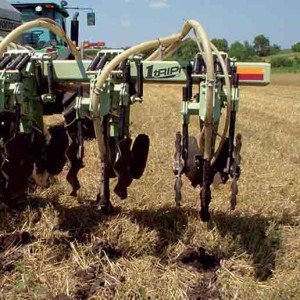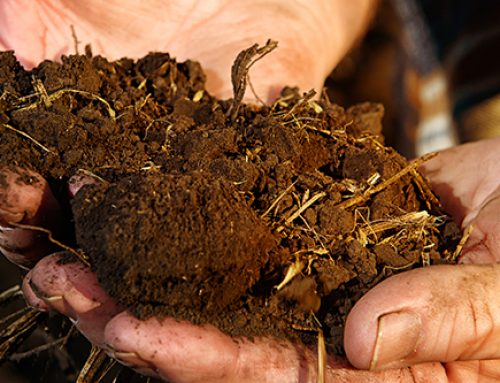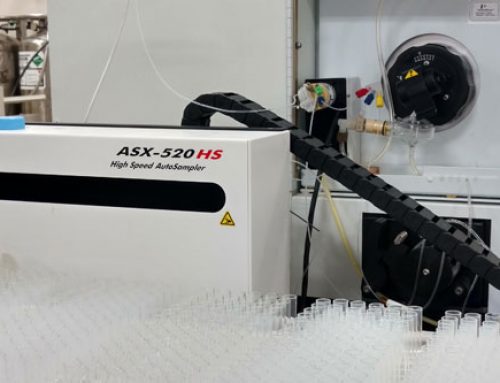Anhydrous and strip tilling can be a match made in heaven or a recipe for disaster. Seedbed preparation and a nitrogen application are accomplished at the same time with strip till, making it an efficient one pass operation. But, timing, soil type, soil moisture and application depth all affect the success of an anhydrous application. To further complicate matters, there is no clear answer to preventing seedling damage if concentrations of salt from the fertilizer are too high and too close to the seed. Here are some helpful guidelines that can alleviate these issues.
First, let’s briefly look at the value of strip tilling. An alternative to no till, with added benefits, strip till incorporates residue in a narrow band using coulters and knives. This operation breaks up the soil – alleviating surface soil compaction, increasing water penetration past the topsoil, and preparing the seedbed. This tilled area warms up earlier in the spring, dries quicker, ensures seeds are planted at a consistent depth and minimizes the number of seeds planted directly into residue. This allows roots to get off to a faster start. Put it all together and it’s a recipe for a healthier, higher yielding field.
Now, let’s look at anhydrous. It is best to apply in the fall or early spring when soil temperatures are consistently below 50 degrees F. This slows the conversion of ammonium to the leachable form – nitrate – until warmer weather occurs. Fall is considered a safer time to apply the anhydrous because temperatures are consistently lower, and there is more time for the ammonia concentration to dissipate. Strip tilling with anhydrous should happen at least three to four weeks prior to planting.
Timing is important, especially in sandy soil. If applied too soon, nitrogen can be lost through leaching. If applied too heavily, a toxic environment for the seed can be created. Adequate soil moisture will help bind the nitrogen with the soil to keep it in place and away from the seed zone. But if the soil is too wet, there is a risk that the ground will not seal properly after the anhydrous is applied, causing the ammonia gas to escape. If the soil is unusually dry, it may be best to hold off on applying anhydrous. Without water, ammonia cannot convert to ammonium. Instead, ammonia will remain a gas, move toward the surface and be lost or bind too close to the seed zone. Dry soils are one recipe for disaster. Dry, sandy soils can be even worse.
It is important to supply enough nitrogen for the crop to attain its full potential. The amount of anhydrous that is applied with the strip till operation varies. More important than quantity, is how well the ammonia seals in the ground. It is likely that the entire amount of nitrogen necessary for the crop will not be supplied with this application. If anhydrous will not seal properly during the strip till application, free ammonia can be at high concentrations in the seed zone; injuring germinating seedlings. The best way to avoid these problems is to place it deep enough in moist soil. A good rule of thumb is eight to ten inches. Often if anhydrous is gassing up, a smell of ammonia will accompany it. Stop applying and re-evaluate the depth and placement if this occurs.
Anhydrous ammonia applications in a strip till operation can be tricky. There are many conditions that, if not just right, can create a recipe for disaster. Despite the risks, applying anhydrous ammonia with strip till is a beneficial practice and highly recommended. Placing the ammonia at the correct depth, having sufficient moisture in the soil and timing the operation in the fall or at least three to four weeks ahead of planting can turn this potential disaster into a convenient and efficient practice.
Featured Images: Fall strip-till into soybean stubble, www.nrcs.usda.gov





